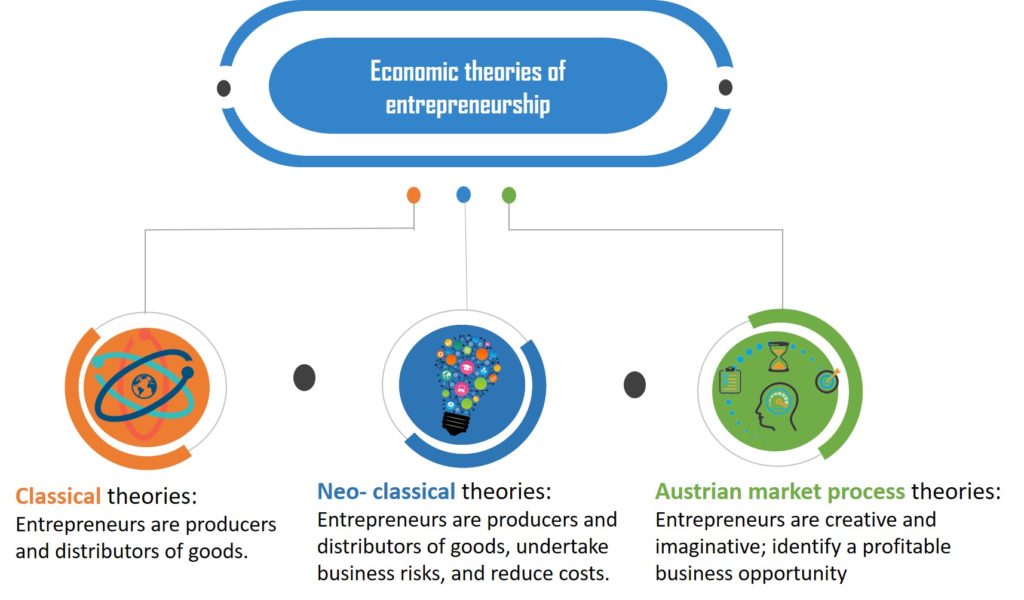Contents:


Now that the revenue account is closed, next we close the expense accounts. You must close each account; you cannot just do an entry to “expenses”. You can, however, close all the expense accounts in one entry. If the balances in the expense accounts are debits, how do you bring the balances to zero? The debit to income summary should agree to total expenses on the Income Statement. The expense accounts have debit balances so to get rid of their balances we will do the opposite or credit the accounts.
- It is a temporary account that nets all the temporary accounts for a business upon closing them at the end of the given accounting period.
- ProcessParticularsDebitCreditIncome Summary$4,230-Retained Earnings-$4,320The formula for calculating the total retained earnings is revenue minus expenses.
- Conversely, if the company bears a loss in the year, it comes on the credit side of the income summary account.
- The business incurred a purchase expense of $50,000, rent expense of $9,000, stationary of $900, ad expense of $1,000, the expense of utilities at $800 with salaries as $40,000.
- He is the sole author of all the materials on AccountingCoach.com.
Because this is a positive number, you will debit your income summary account and credit your retained earnings account. DateAccountNotesDebitCreditXX/XX/XXXXRevenueClosing journal entries5,000Income Summary5,000Next, transfer the $2,500 in your expense account to your income summary account. You must debit your revenue accounts to decrease it, which means you must also credit your income summary account. Because the income summary clears the balances of the revenue and expense accounts, it is sometimes called a clearing account. Other titles used for this account include Revenue and Expense Summary, Profit and Loss Summary, and Income and Expense Account.
How to Close an Account into Income Summary
Income summary is prepared by transferring the credit balances of revenue accounts and closing them by debiting the revenue accounts and crediting the income summary accounts. In the same way, all expense accounts are also transferred by crediting the expense accounts and debiting the income statement accounts. A closing entry is a journal entry made at the end of accounting periodsthat involves shifting data from temporary accounts on the income statement to permanent accounts on the balance sheet.
Revenue accounts will appear on the credit side of the income summary account. This is because a revenue account in normal cases will have a credit balance. XYZ Inc is preparing an income summary for the year ended December 31, 2018, and below are the revenue and expense account balances as of December 31, 2018.
Statements, Tax Invoices & Receipts
Total$40,350Total$40,350As the tables show, this business made a profit during the accounting period. As a result, the business credited its revenue account more than it debited its expenses account, leading to a credit balance. If the balance on the final account is a loss , companies have to credit the lost amount to the retained earnings.
Way holds a Master of accounting equation Administration in finance from Central Michigan University and a Master of Accountancy from Golden Gate University in San Francisco. INVESTMENT BANKING RESOURCESLearn the foundation of Investment banking, financial modeling, valuations and more. It is prepared on an accrual basis like it records the total sales value, whether money has been received or not, whether expenses have been recorded on an accrual basis, and whether it has been paid or not.
Aeon Delight : Summary of Financial Results for the Year Ended February 28, 2023 (Consolidated)(1.25 MB) – Marketscreener.com
Aeon Delight : Summary of Financial Results for the Year Ended February 28, 2023 (Consolidated)(1.25 MB).
Posted: Tue, 11 Apr 2023 06:07:03 GMT [source]
After closing the revenue accounts, the next step in compiling the document is to close all the expense accounts. Expense accounts are always losses or costs, meaning they have debit balances. This account is a temporary equity account that does not appear on the trial balance or any of the financial statements. What did we do with net income when preparing the financial statements? We added it to Retained Earnings on the Statement of Retained Earnings. To add something to Retained Earnings, which is an equity account with a normal credit balance, we would credit the account.
Get instant access to lessons taught by experienced private equity pros and bulge bracket investment bankers including financial statement modeling, DCF, M&A, LBO, Comps and Excel Modeling. Regarding cash flow, income summaries do not give you any data on their situation. So, while they certainly highlight profitability, they can easily overlook whether or not the company’s cash outflows are more significant than its inflows.
If a https://1investing.in/’s revenues are greater than its expenses, the closing entry entails debiting income summary and crediting retained earnings. In the event of a loss for the period, the income summary account needs to be credited and retained earnings reduced through a debit. The purpose of an income statement is to assemble all the account information on revenues and expenses recorded during an accounting period and present them in the standard income-statement format. An income statement helps users evaluate the past performance of an company and provides them a basis for predicting future performance. For example, a high level of total current income with a relatively low level of income from the main operating activities may suggest lower total income in the future. Once the temporary accounts are closed to the income summary account, the balances are held there until final closing entries are made.
Report Writer
If the total of the source transaction lines is a debit, the total amount is a credit. Conversely, if the total of the source transaction lines is a credit, the total amount is a debit. All period end journal detail pages include the following fields in their headers, which are described in the topic Period End Journal Header Fields. The values for these fields are derived from the period end journal. There is a higher chance of misrepresenting the accounts as it is based on an accrual basis, which means that an entry must be recorded whether the amount is received or not. It is easy to understand the T-Shaped format of the income summary.
Account balances of income-statement accounts, namely those of revenues and expenses, are closed and reset to zero at the end of an accounting period so they are ready for transaction recording in the next period. Companies report revenues and expenses on a periodic basis rather than continually, and account balances for one period are not added to those for the next period. It is a temporary, intermediate account, which means that the revenue and expenses balance is transferred to permanent accounts at the end of the accounting period through closing entries. When doing closing entries, try to remember why you are doing them and connect them to the financial statements.
Starting with zero balances in the temporary accounts each year makes it easier to track revenues, expenses, and withdrawals and to compare them from one year to the next. There are four closing entries, which transfer all temporary account balances to the owner’s capital account. The income summary account is defined as the account of temporary or provisional in nature wherein the statement at the end of the accounting period net off all the closing entries of expenses and revenue accounts. The final, or the arriving balance, reports the statement profit or loss.

The accounting cycle records and analyzes accounting events related to a company’s activities. Sometimes it does not provide a correct picture of the company as it includes operating and non-operating revenues and expenditures. Schwab Investment Income Summary makes it easy to see the actual amount of investment income you’ve earned each month, including estimated future income. Knowing this comes in handy for monthly budgeting, planning for taxes, planning for retirement, and much more. All the information necessary for taxes is consolidated in a summary.
Closing entries are entries used to shift balances from temporary to permanent accounts at the end of an accounting period. These journal entries condense your accounts so you can determine your retained earnings, or the amount your business has after paying expenses and dividends. Creating closing entries is one of the last steps of the accounting cycle. It helps in maintaining the overall audit trail of revenues earned by the business and the expenses incurred by the business. The business and auditors can always go back to such statements to determine and investigate any amounts they think are doubtful or just want to cross verify for investigation purposes. When the accounting period ends, all the expense accounts are closed when the debit balance transfers into the income statement.
Temporary accounts include revenue, expenses, and dividends, and these accounts must be closed at the end of the accounting year. An income summary is a temporary account in which all the revenue and expenses accounts’ closing entries are netted at the accounting period’s end. If the net balance of income summary is a credit balance, it means the company has made a profit for that year, or if the net balance is a debit balance, it means the company has made a loss for that year. At the end of a period, all the income and expense accounts transfer their balances to the income summary account.
Key Person Income Insurance Market Worth Observing Growth … – Digital Journal
Key Person Income Insurance Market Worth Observing Growth ….
Posted: Thu, 13 Apr 2023 19:46:29 GMT [source]
The income summary is a summarization and compilation of temporary accounts of the revenues and expenses. The information from the income statement can be transferred to the income summary statement to establish whether a business made a profit or loss. Whenever such a thing happens, the accounts in the income statement are debited, and accounts in the income summary are credited. The income summary account is a temporary account used to store income statement account balances, revenue and expense accounts, during the closing entry step of theaccounting cycle. In other words, theincome summary accountis simply a placeholder for account balances at the end of the accounting period while closing entries are being made. The income summary account is prepared by debiting revenue accounts and crediting expense accounts.

To make them zero we want to decrease the balance or do the opposite. We will debit the revenue accounts and credit the Income Summary account. The credit to income summary should equal the total revenue from the income statement.
To reset revenue balances to zero, debit all the revenue accounts to offset existing revenue balances and credit income summary. To reset expense balances to zero, debit income summary and credit all the expense accounts to offset existing expense balances. The earnings transfer also closes the account of income summary. The post-closing trial balance report lists down all the individual accounts after accounting for the closing entries. At this point in the accounting cycle, all the temporary accounts have been closed and zeroed out to permanent accounts.

Financial statements are written reports prepared by a company’s management to present the company’s financial affairs over a given period . Therefore, it does not give the correct financial picture of the organization. Accruals are revenues earned or expenses incurred which impact a company’s net income, although cash has not yet exchanged hands. Any account listed on the balance sheet, barring paid dividends, is a permanent account. On the balance sheet, $75 of cash held today is still valued at $75 next year, even if it is not spent. One of the significant disadvantages of income summaries is that they are compiled using operating and non-operating functions.
Legutóbbi hozzászólások